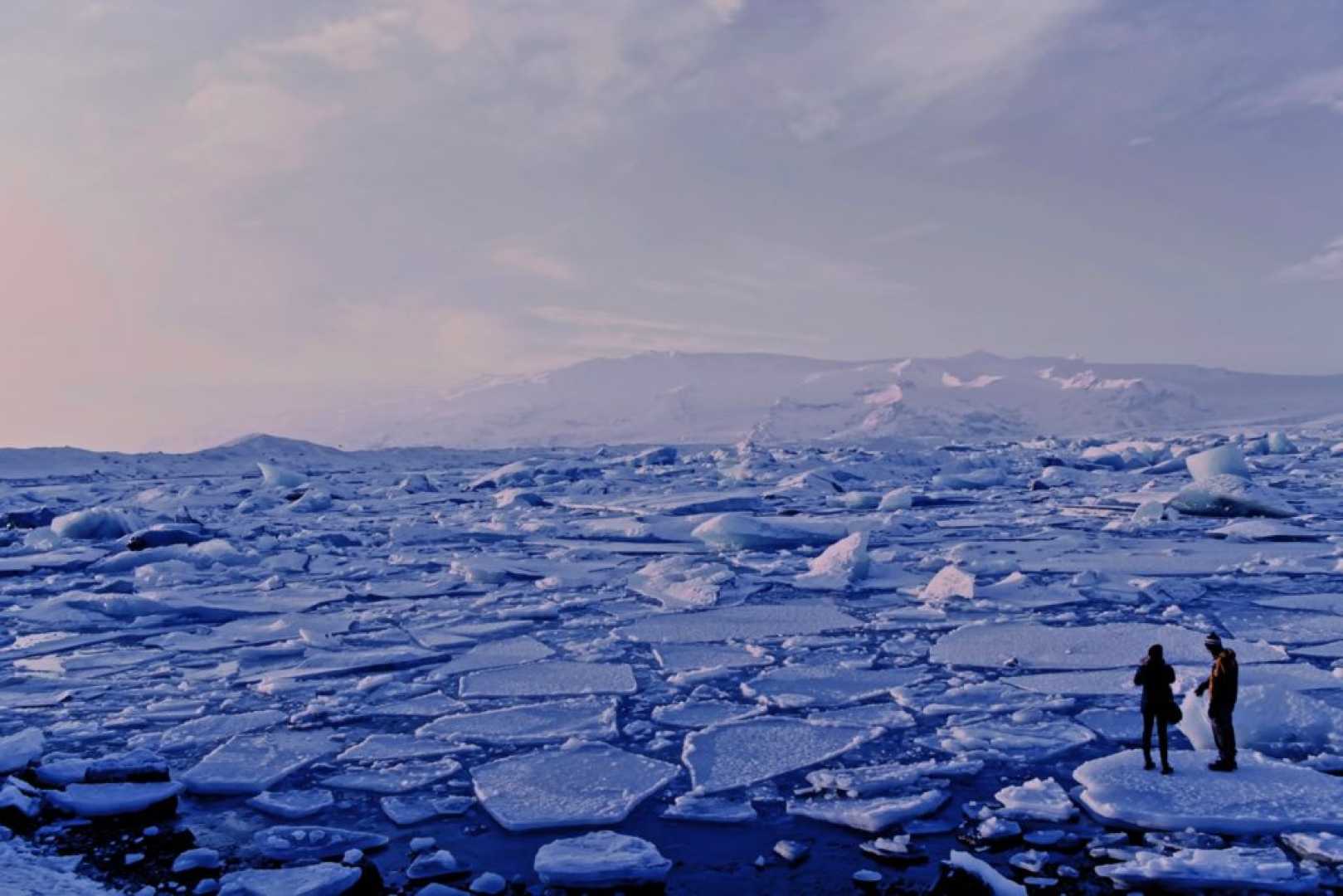World
Greenland’s Shrinking Ice Sheet: An Ongoing Climate Change Crisis

In the heart of the Greenland Ice Sheet lies Summit Station, a research facility operated by the National Science Foundation where scientists study the impacts of climate change. Sitting at an elevation of 10,530 feet, this remote research station was established in the late 1980s and was originally occupied only during the summer months. Today, a small crew remains through the winter as well despite the sun never appearing above the horizon during this time.
Summit Station is the key point of observation for understanding the rapid changes occurring in Greenland. Recent decades have been marked by startling climate transformations. Since the 1970s, Greenland has lost approximately six trillion tons of ice, a process that has accelerated over time. The seriousness of this issue gained global attention in 2012 when surface melting was observed at Summit for the first time, followed by rainfall in August 2021—a first in recorded history.
These climatic anomalies have profound implications. If Greenland’s giant ice sheet were to melt entirely, the world would witness a consequential rise in global sea levels, potentially by as much as 20 feet. Scientists express concerns over Greenland reaching a ‘tipping point’ amid climate change, which could lead to irreversible effects even if human-induced carbon emissions are reduced.
One major concern that continues to grow is the possibility of disruptions to the Atlantic Meridional Overturning Circulation (AMOC), a crucial oceanic conveyor belt that could be affected by meltwater from Greenland. Disruptions to AMOC can lead to dire global climate consequences, such as dramatic shifts in temperature and sea levels in Europe and the United States.
To further the understanding of these phenomena, the National Science Foundation facilitates visits to Summit Station for scientists and journalists alike. During midsummer visits, such as recently described by those reporting from the site, daily routines include activities like launching weather balloons and snow analysis despite harsh living conditions where basic activities like water supply are a logistical challenge.
As Greenland’s situation highlights, the broader story of climate change is intertwined with both human actions and Earth’s natural patterns. Accelerated glacial melt and other warning signs indicate that multiple tipping points could further destabilize fragile systems if warming trends continue unchecked.












